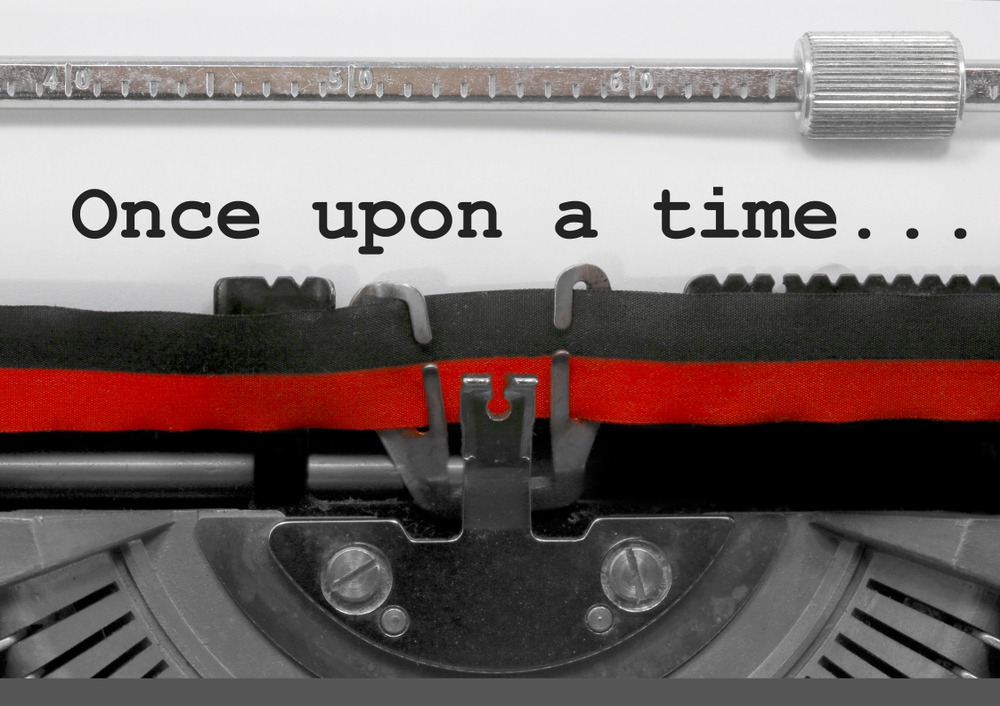
Heard any good stories lately? If you’ve heard a great speech, I bet there was a story in there.
All skilled presenters – including trainers – use some kind of advance organizer. You instructional designers out there know an advance organizer is a framework to help the learner make sense of the session and the incoming information. It provides context. It answers the questions in every head in the room: “What are we talking about right now?” “How does it relate to the other stuff?” “How much longer do I have to be here?”
Advance organizers take many forms: a list, a flowchart, a timeline, a map…and yes, a story. Here are three kinds of narrative advance organizers:
Well-known stories, like fairy tales and shared history, work because everyone is familiar with them. The speaker uses each part of the story as an introduction to the content, and listeners instantly know where they are – the beginning, middle or end. Learners retain the information better because it’s attached to something they already know. Bonus: the speaker can use a metaphor to reinforce learning. (For example, Little Red Riding Hood is about avoiding hidden dangers.)
Personal stories are effective because they help learners relate the content to their own experiences. As the instructor talks about his or her own life, learners remember similar situations. This helps recall and reinforces the relationship between the instructor and learner.
Case studies serve as organizers and also deliver content. At each step in the story, the learner hears about a real-life challenge and how it was solved, illustrating how to use the skills being taught.
Here’s an example. Let’s say I want my learners to be able to describe Emerson’s three principles of behavior change. I might tell this story:
I have three kids, and I’ve taught each of them to swim.
My oldest is Fiona. She saw how much fun the other kids were having in the “big” pool, but she still didn’t want to try. So I said, “Remember how you didn’t want to get on the trampoline in our neighbor’s yard? You were so scared at first. But you tried it and now it’s your favorite thing! Swimming will be just like that.” For Fiona, I made swimming feel familiar.
My second child is Charlie. After we compared swimming to something else he loved (swinging on the swing set) to make it familiar, he and I made a list of steps he would take to learn to swim. He put whatever he wanted on the list: “Put my foot in the water.” “Put my elbow in the water.” “Stand in the water and then sit down and stand up again.” He was in charge of his own learning plan, and he accomplished each task until he learned to swim. I helped Charlie feel in control.
My youngest is Sam. I made swimming feel familiar and we made his own list, to put him in control. Then I added an acknowledgement to each step. So he got a sticker on his list for each task he completed, and when he got to a big milestone (like putting his whole head under water) he got to choose the movie for family movie night. We all celebrated his accomplishment, which encouraged him to keep going. I helped Sam feel successful.
These three principles are the key to any big behavior change, even in the context of a major organizational transformation. Make the change feel familiar, controlled and successful.
Stories are powerful learning tools. They take a little effort to build into your program, but they’re well worth it.
Is a narrative organizer not quite right for your course? Check out a blog post on graphic advance organizers, here.



